Intermediatheque (The University Museum, the University of Tokyo (UMUT), Tokyo - 2018.09.26-2019.01.27
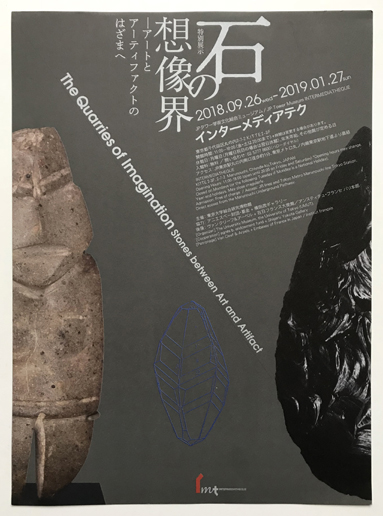
(As well as mineralogical specimens and historical objects from the collection of the University of Tokyo Museum and private collections)
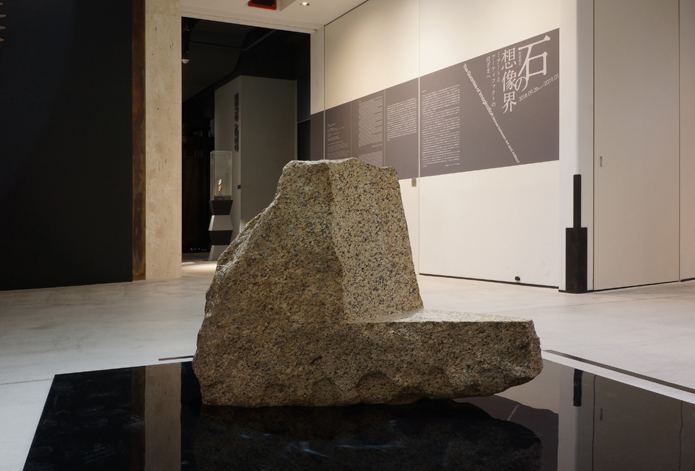
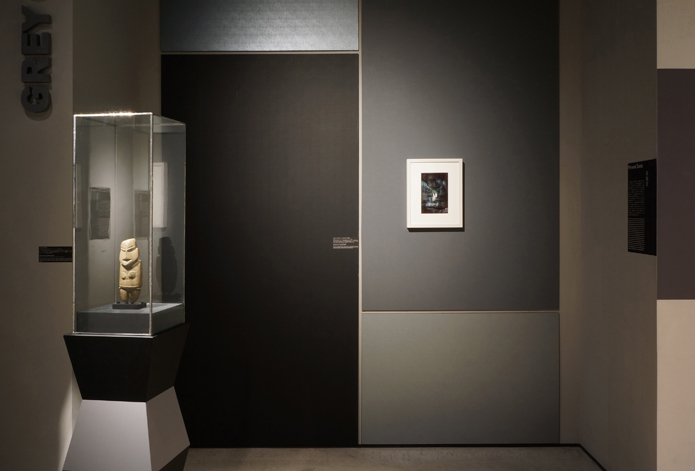
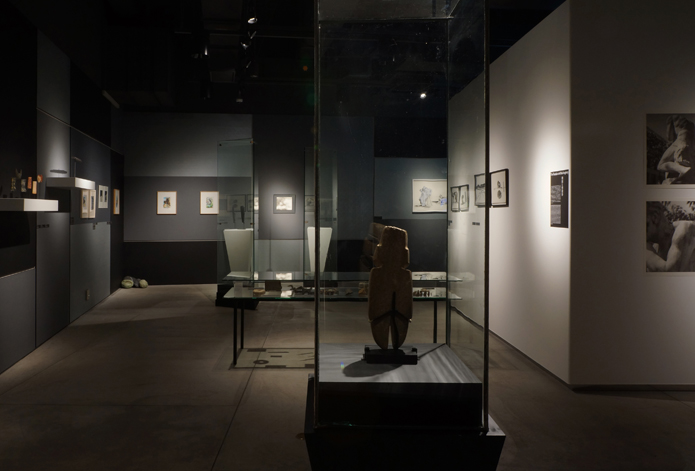
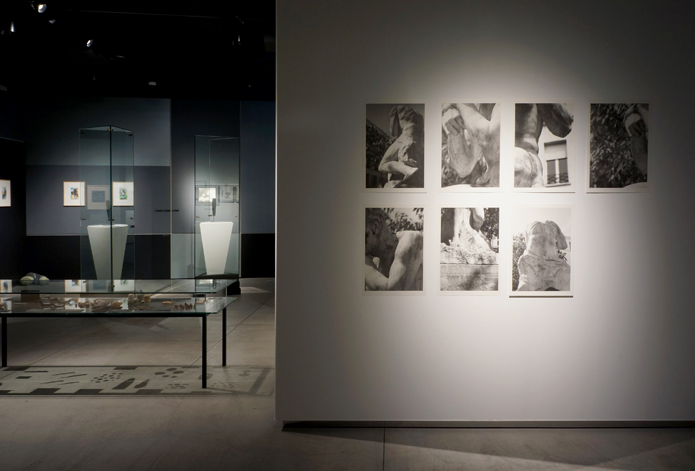
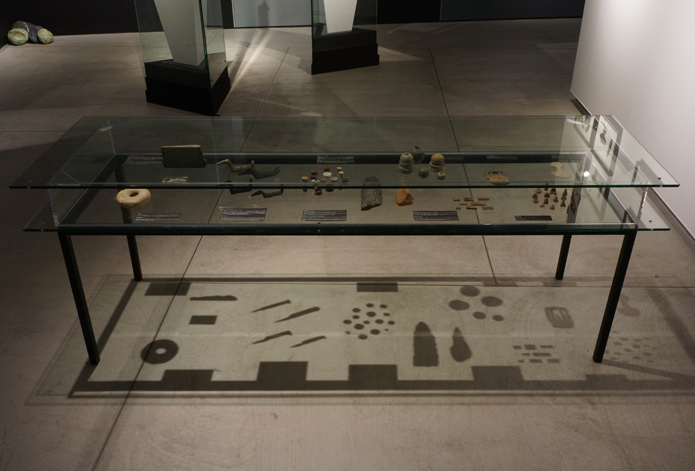
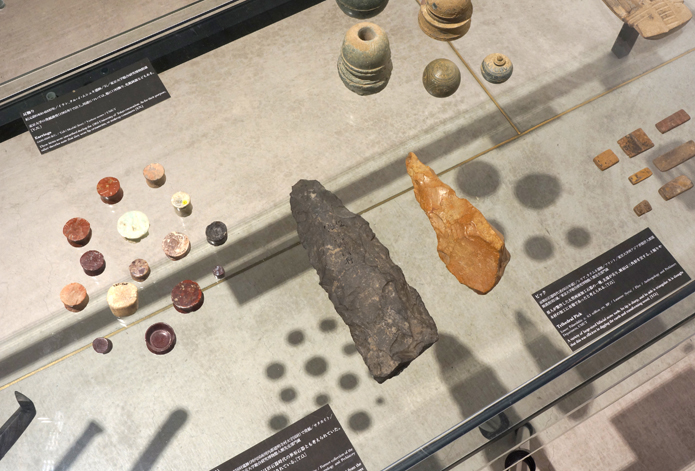
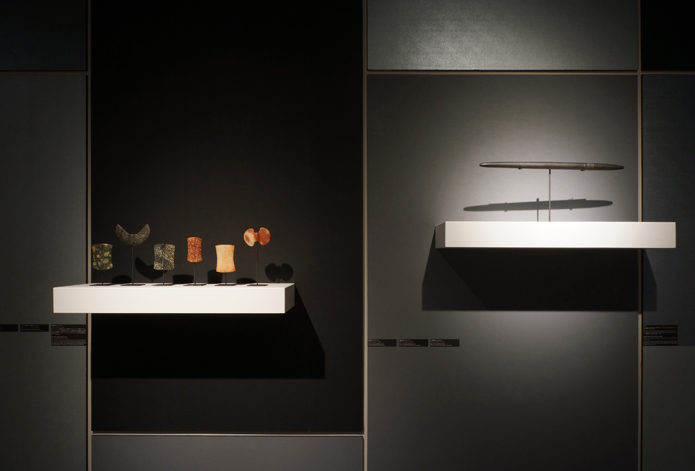
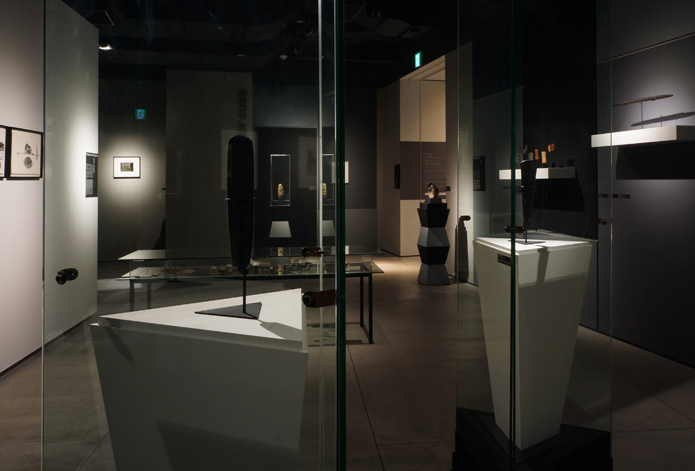
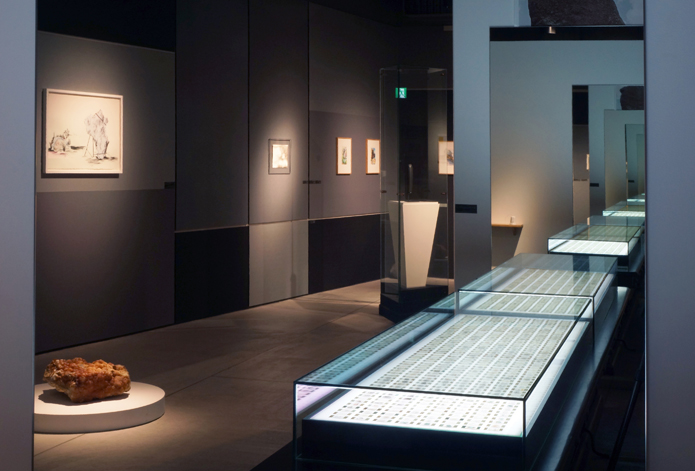
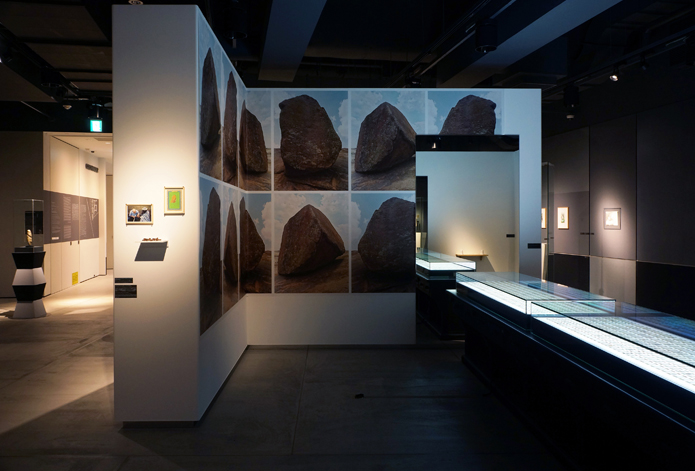
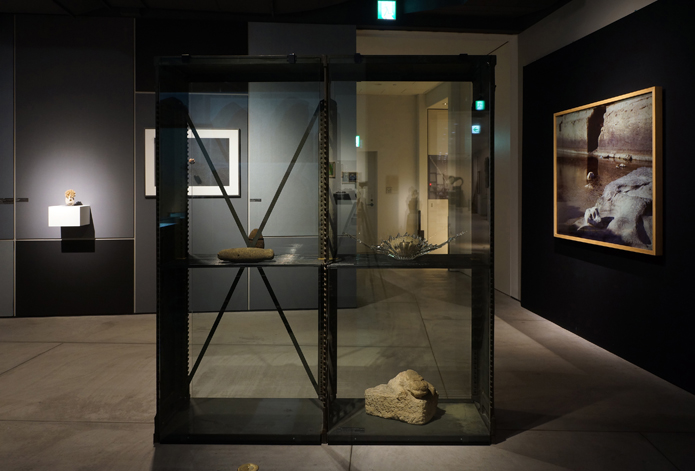
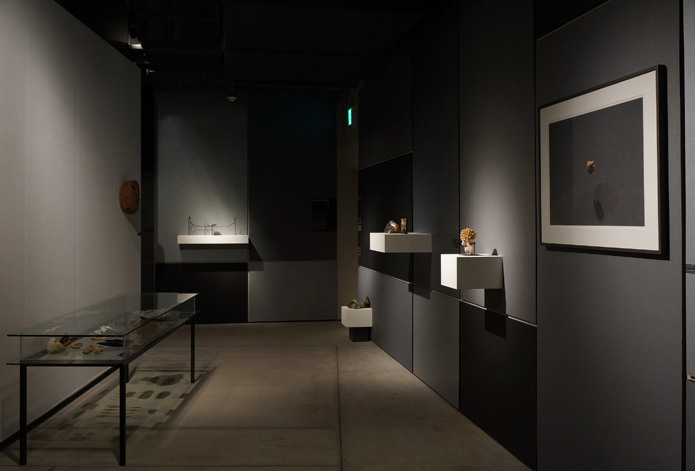
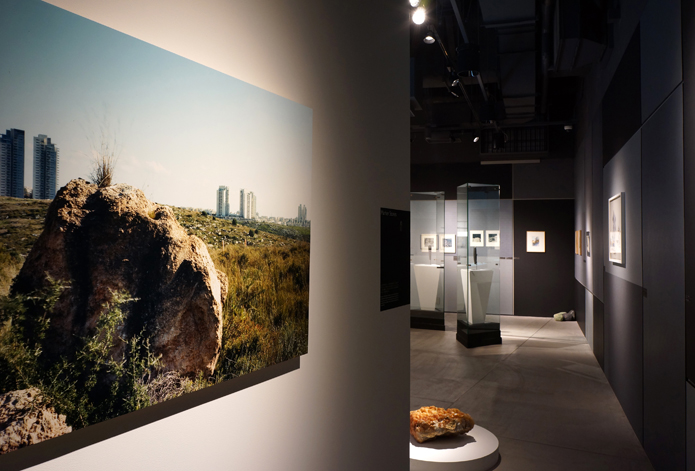
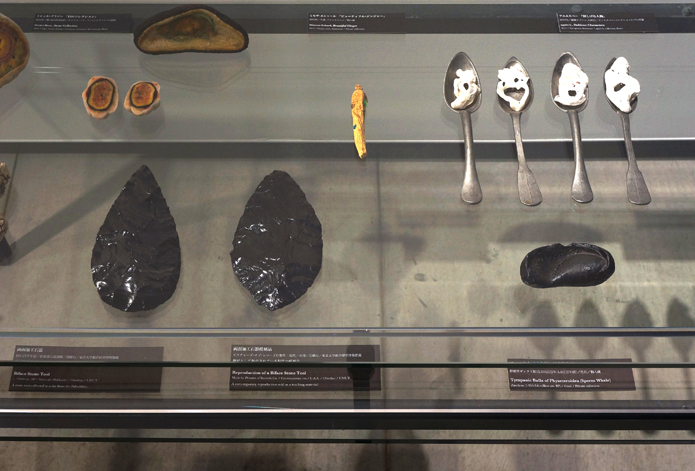
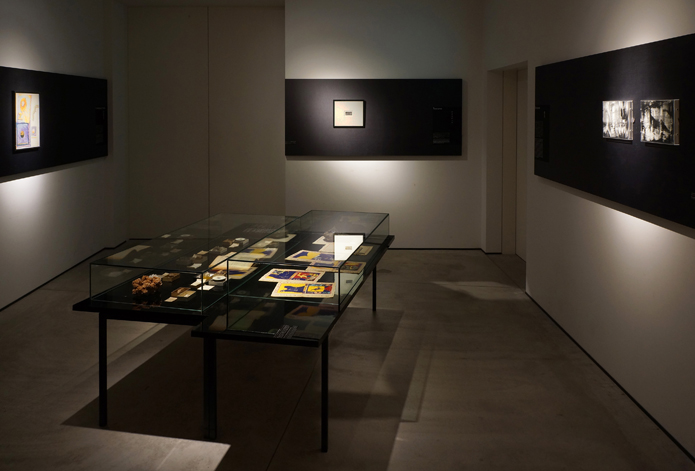
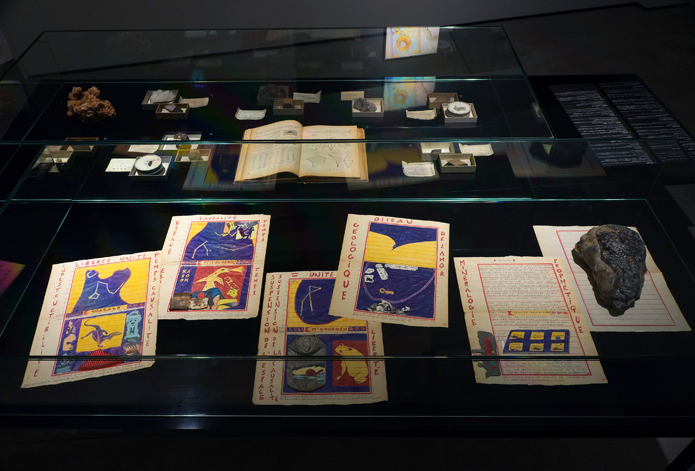
I remember, gleaming on the ground, the pebbles of Tom Thumb; the one which, gigantic and pale, watched me at night and was ousted before my eyes by Neil Armstrong; the intensely black geometric pebble of Stanley Kubrick, and all those stored behind a car windscreen – in imitation of a geologist’s cabinet – at my uncle’s house. He it was who led me to contemplate this protean world.
Probably a comet, or a meteor shower spawned by comets, is at the origin of life on earth – a sort of telescoping of two pebbles. Could the idea of striking two flints against one another to produce a spark be a memory of that tremendous first percussion? Probably not, but from that flint a new way of living came about, attended by the notion of progress but also the notion of destruction, of domination.
Our first home, the cave, contained our first written marks, either drawn or dreamed. It is not within my scope to determine when minerals began to appear in the world of art, but there was certainly a stone age at the dawn of our history. For millennia, rock lent itself to everything [1]. This exhibition presents artists who, through their work, have adopted minerals as a vehicle for representing the world – singular and polymorphous, sometimes strange, always surprising. This offering is a grain of sand in relation to what has been accomplished, but it is enough to remind us that we are alive. With this feeling, we can move mountains.
Hugues Reip, juin 2018
[1]. To time (sand, quartz), to power (gold), to mythology (Sisyphus, Midas), to war (uranium), to light (copper), to writing (chalk, slate), to the everyday (glass, ceramic), to memory (fossils), to the reproduction of reality (silver salts), to art (terracotta, marble), to speed (coal, oil), to construction (stone, plaster), to life (mineral salts), to music (The Rolling Stones).
Exhibition Concept
Stones are among the natural substances which have very little to do with human consciousness. In the traditional classification of the natural world dating back to Aristotle, the mineral world was a major constituent along with the animal and vegetal realms; however, it was also the only one to be dissociated from the organic environment surrounding humans. Inorganic minerals produced in the course of a geological temporality beyond the scope of human imagination offered a unique material, both complex in structure and resistant, that could defy the passing of time. It is human activity that produced the Venus de Milo from a formless block of marble, transforming it into an artifact symbolizing human cultural heritage. However, as André Breton had predicted in his famous essay Language of Stones, the cultural status of stones changed drastically in the mid 20th century: from a simple material, they became the subject of artworks. The complex structure and the unique shape of stones thus guided the formal aesthetic of sculptors and artists. Furthermore, in contemporary art, stones are used in artworks as a token of nature, either unprocessed (as a readymade) or reshaped (as an artifact), giving birth to a unique, abstract form of expression. To each of these contemporary artworks exploring the imaginary realm of stones, the present exhibition associates scientific specimens from the University collections, produced as an index of the mineral world. Such a fusion of art and science highlights how important the context is important in establishing a stone’s function, form and significance, as a similar item will have a different meaning and a different value depending on its context. The public, while enjoying the beauty of specimens and the intellectual stimulation of demanding artworks, will thus have a unique opportunity to reconsider the process that turns natural objects into artworks.
Kei Osawa
Curatorial department